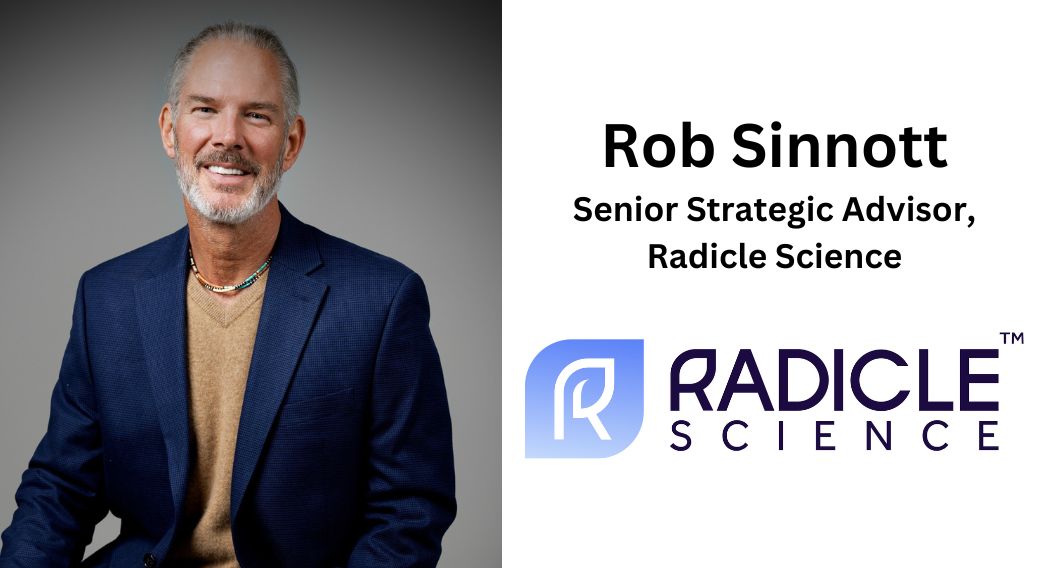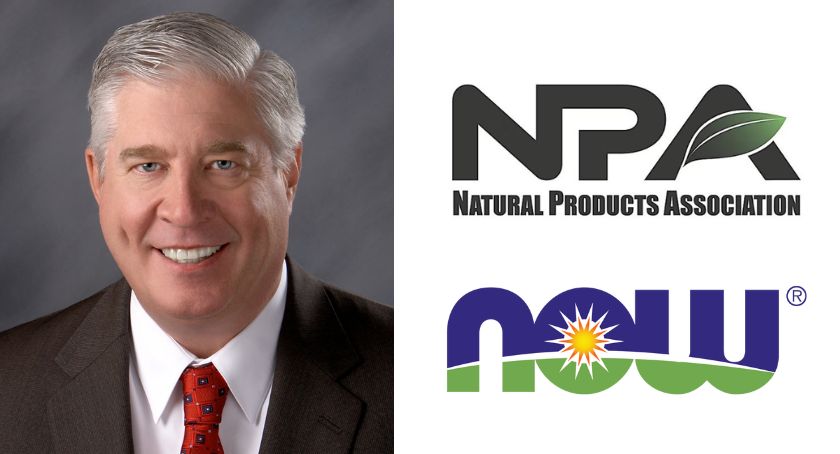Literature / Brochures
Sustainable & Ethical Sourcing
Connecting Consumer Values to the Ingredients in their Products

Released By Applied Food Sciences, Inc.

It is difficult to ignore the planet. In the past 50 years, humans have consumed more resources than in all previous history (U.S. EPA, Sustainable Materials Management: The Road Ahead 2009). In an informationera, consumers are aware that in many cases where their raw materials are sourced, global living conditions are poor and the earth is easily taken advantage of. There appears to be a driving sense of responsibility in consumers and that is one of the reasons why their purchasing habits are changing.
What the Market Says:
Consumers are willing to spend more on products that align with their values of environmentally friendly practices and social-responsibility. The brands that clearly demonstrate these values have been shown to outperform others. According to a recent Nielsen survey, two-thirds of consumers are willing to pay more for sustainably produced goods (Nielsen, The Sustainability Imperative, 2015). That same survey stated in 2014 a staggering 65% of all global retail sales were generated by brands whose marketing conveyed commitment to social or environmental good. This presents a challenging criteria for brand makers to consider when it comes to choosing their ingredients. Finding the right supplier is a critical part of that decision. For supply leaders in environmental stewardship, companies like Applied Food Sciences, Inc. (AFS) believe they know exactly what that criteria should consists of.
“We focus on passing on three messages that product makers can easily share with the end consumer,” says Jackson Zapp, VP of Innovation at AFS. “Our ingredients are sustainably grown, sourced in a manner that is socially responsible, and most importantly traceable to their source.”
Sustainable Growing:
While there are many ways brands can adopt sustainable practices, one of the most transparent ways of demonstrating this to consumers is on the supply chain side, in how ingredients are sourced. Consumers are becoming all too aware of the consequences in using the earth for capital gain alone. Suppliers must build a relationship with farmers and get on the same page with what it takes to grow sustainable ingredients.
“Many of the farmers we work with are amongst the sixth or seventh generation growers,” says Zapp with AFS. “These farmers understand the importance of growing in specific conditions, using the symbiotic relationships of other vegetation, and creating a sustainable ecosystem for that crop. The partnerships that we
1! develop give all of us incentive to take care of the earth behind us, for our successors to inherit, and for the longevity of a business together.”
While the romance story of generational farming captures the essence of this practice, the actual requirements for being a leader in environmental stewardship goes above and beyond “a simple story.” It constitutes an aggressive list of having a plan and monitoring things like soil erosion, pest management, supporting complimentary vegetation, having a plan for protecting native wildlife, water consumption, waste management, and avoiding other water and soil contaminants. To do it right separates the field of suppliers when it comes to sourcing botanicals.
In her recent insights in Nielsen’s “The Sustainability Imperative,” Grace Farraj, SVP, Public Development & Sustainability, Nielsen states that “Sustainability is a worldwide concern that continues to gain momentum—especially in countries where growing populations are putting additional stress on the environment. An increasing number of consumers in developed regions consider sustainability actions more of an imperative than a costly value-add.”
DOWNLOAD TO LEARN MORE




















